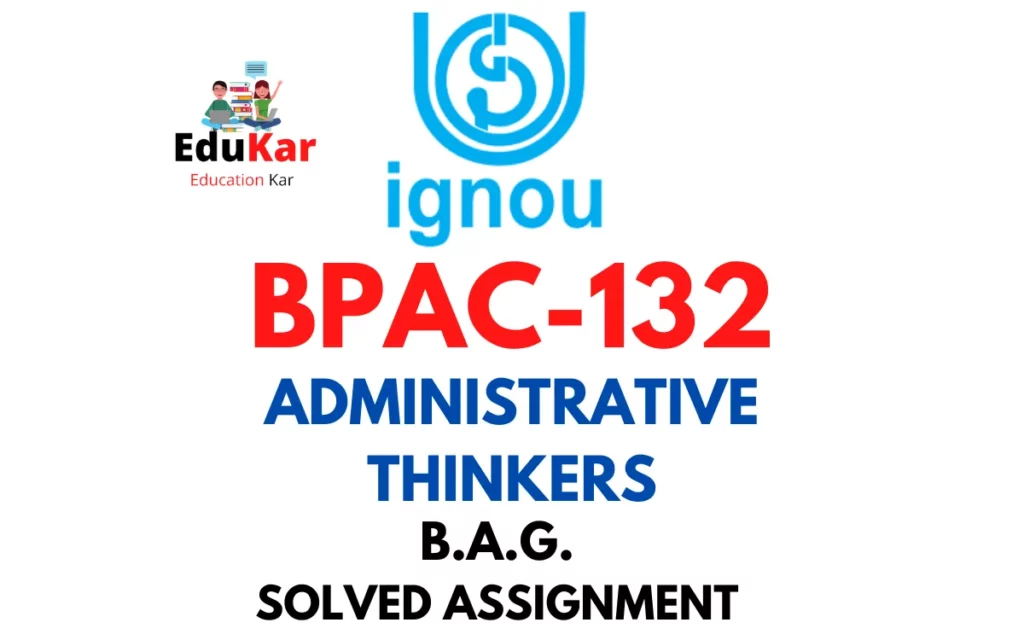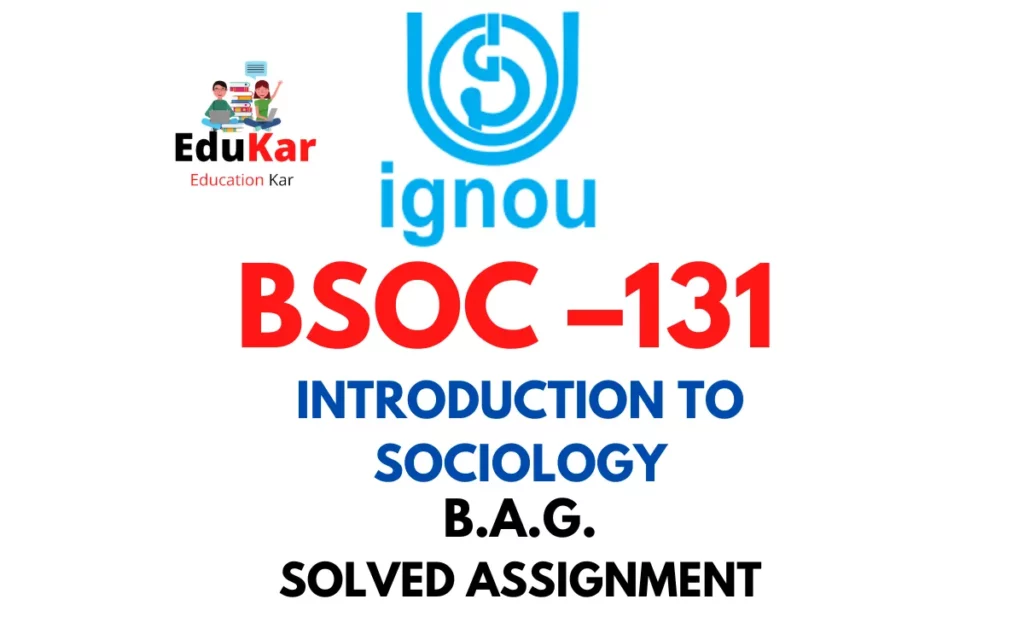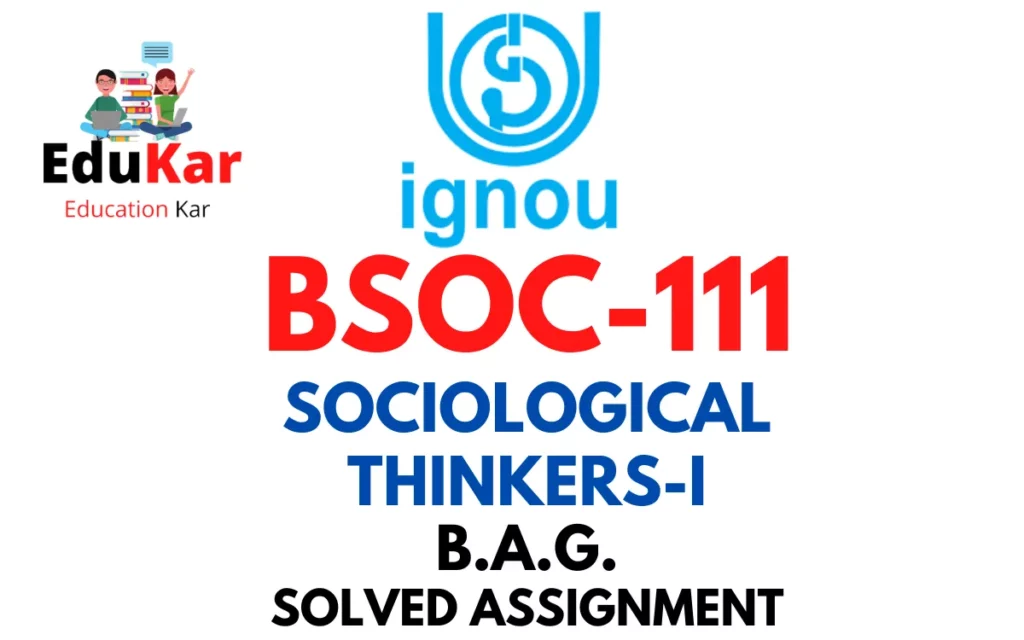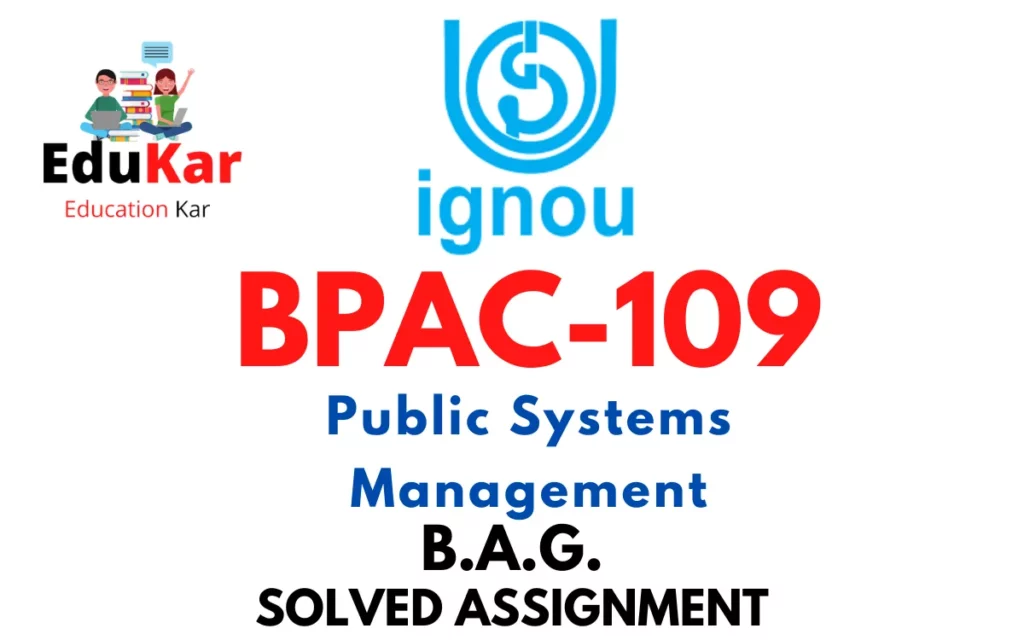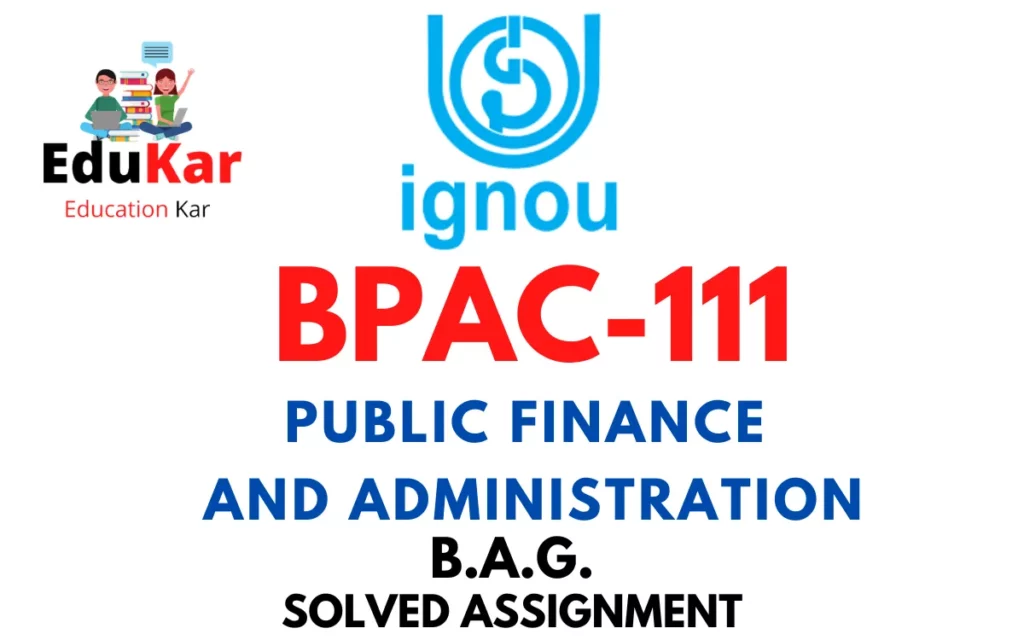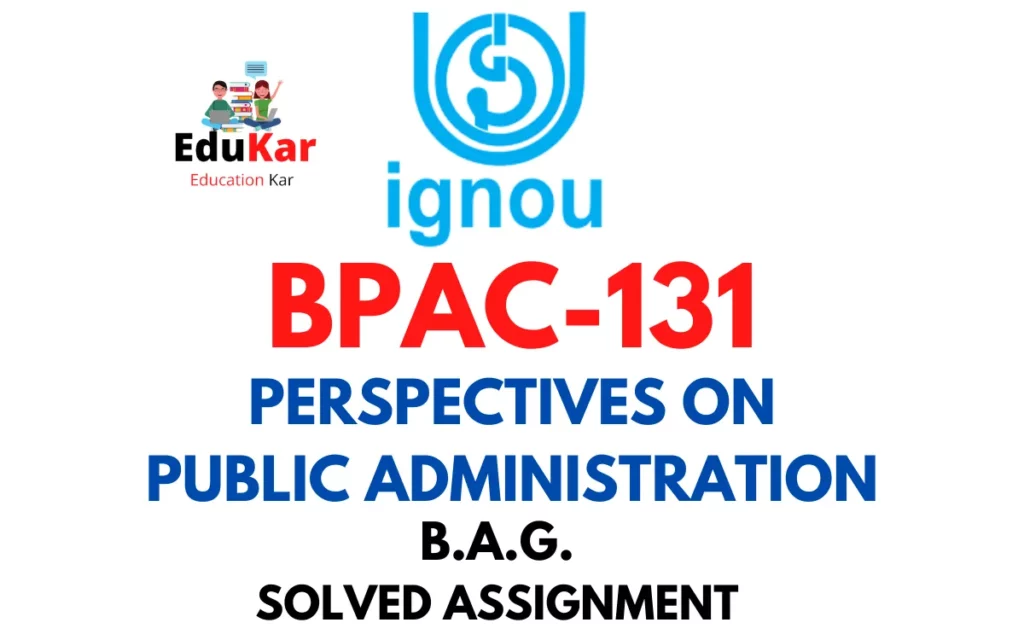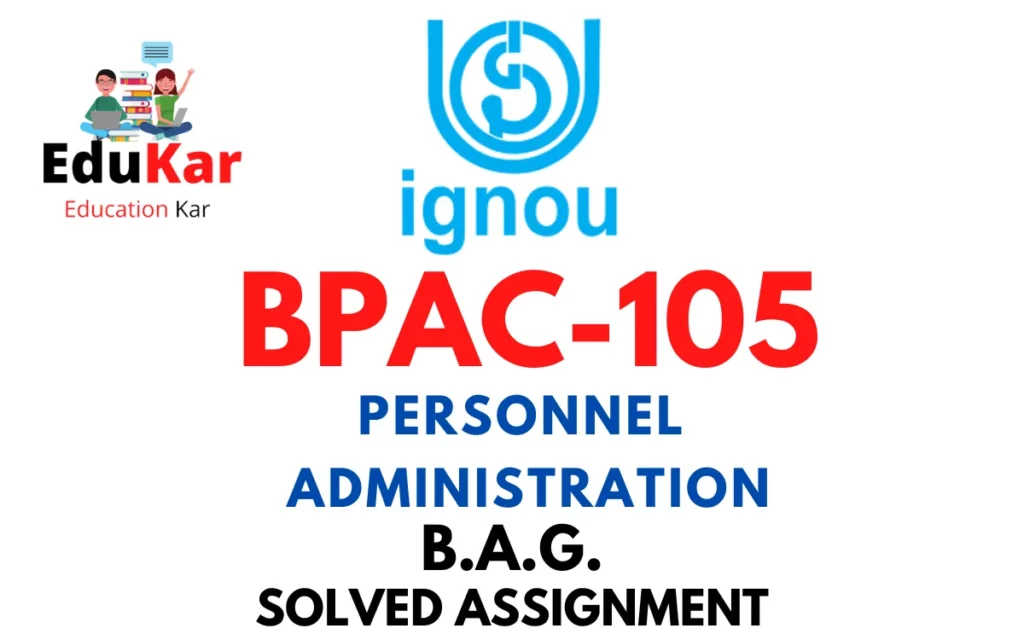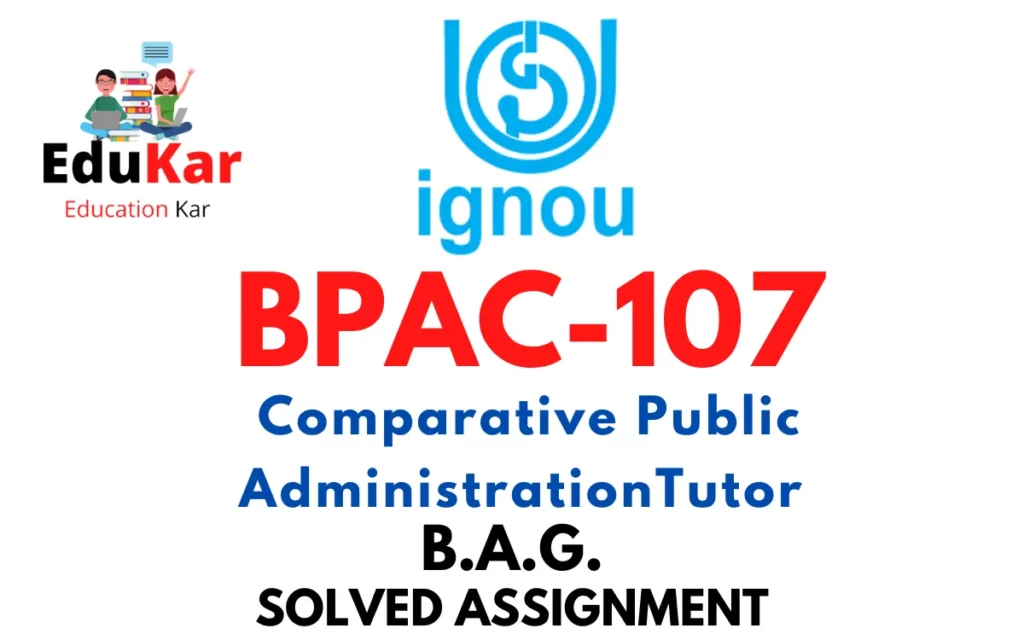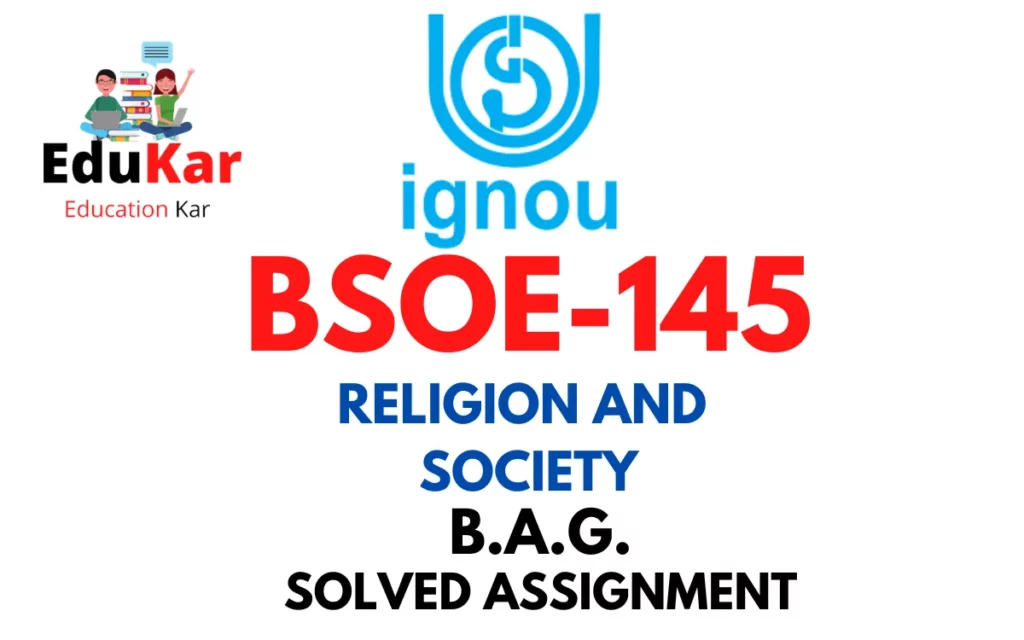Contents
- 1 A. Long Answer Questions (word limit-500 words). Each question carries 20 marks. 2 × 20 = 40
- 2 1) Explain Command and Control Approach (CAC) approach. Outline its advantages and disadvantages.
- 3 2) Differentiate between the stated preference and revealed preference methods of evaluating environmental resources and describe the Travel cost method.
- 4 B. Medium Answer Questions (word limit-250 words). Each question carries 10 marks. 3×10=30
- 5 3) Explain the efficiency in product-mix with the help of efficiency in consumption and efficiency in production.
- 6 4) Elucidate the rationale behind ‘Pigouvian Tax’. How does it work?
- 7 5) Explain the efficient provision of a public good with the help of a diagram.
- 8 C. Short Answer Questions (word limit 100 words). Each question carries 15 marks. 2×3×5=30
- 9 6) Differentiate between:
- 10 (a) Weak sustainability and Strong Sustainability
- 11 (b) Willingness to Pay and Willingness to Accept
- 12 (c) Negative and Positive Externality
- 13 7) Write short notes on the following.
- 14 (a) Global Commons
- 15 (b) Social Optimality
- 16 (c) Limitations of Coasian Bargaining
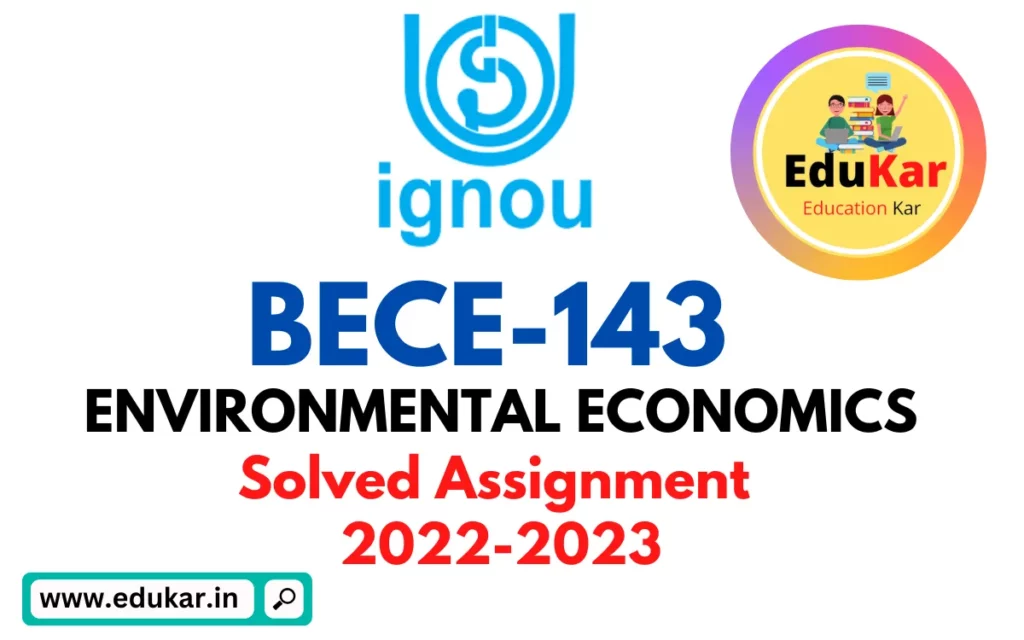
| Title | BECE-143 |
| University | IGNOU |
| Degree | Bachelor Degree Programme |
| Course Code | BECE-143 |
| Course Name | ENVIRONMENTAL ECONOMICS |
| Programme Name | Bachelor of Arts (General) |
| Programme Code | BAG |
| Total Marks | 100 |
| Year | 2022-2023 |
| Language | English |
| Assignment Code | BECE143/TMA /2022-23 |
| Last Date for Submission of Assignment: | For June Examination: 31st April For December Examination: 30th September |
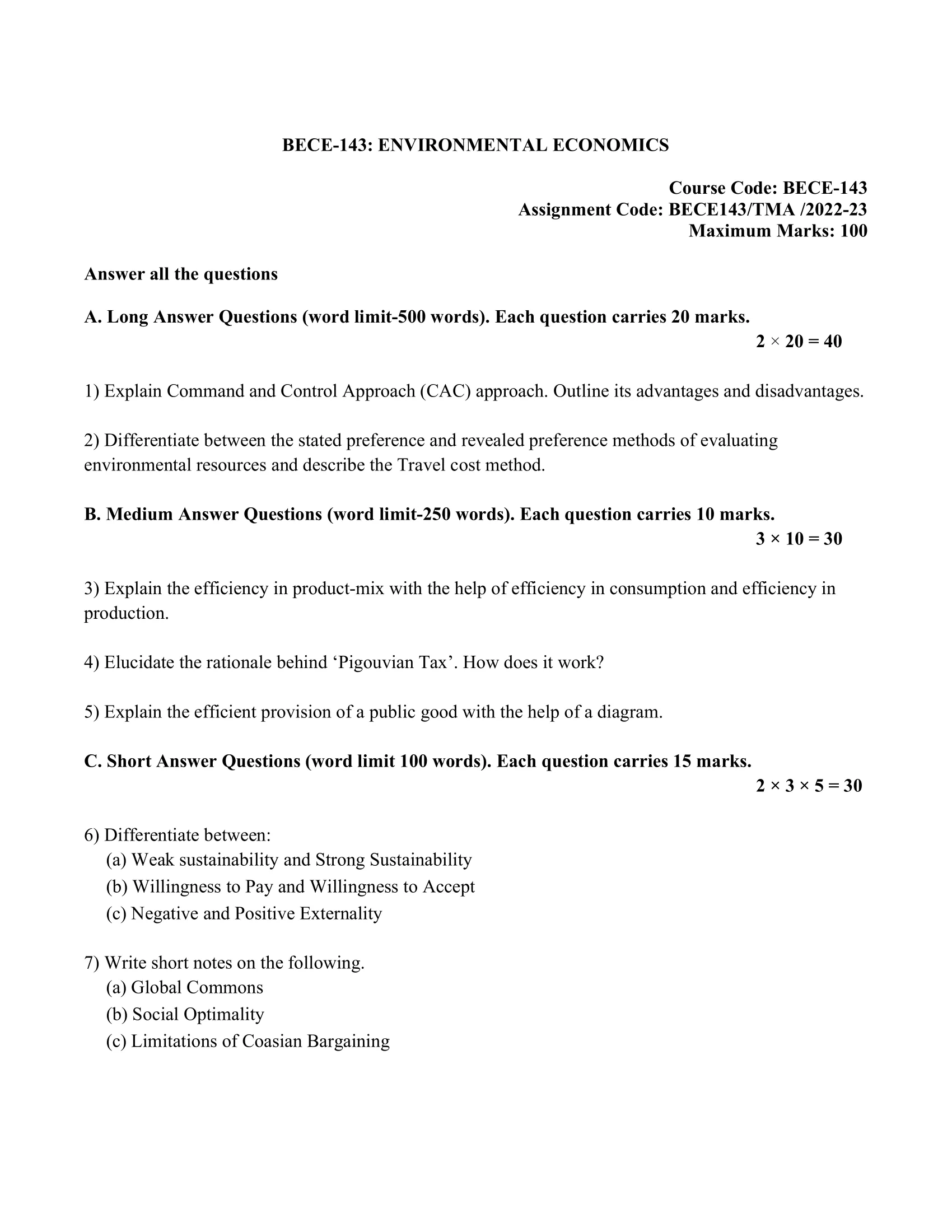
A. Long Answer Questions (word limit-500 words). Each question carries 20 marks. 2 × 20 = 40
1) Explain Command and Control Approach (CAC) approach. Outline its advantages and disadvantages.
Ans: Command and Control (CAC) is a management approach that is commonly used in organizations to enforce policies, procedures and regulations. The approach is based on the premise that superiors have the authority to issue orders to subordinates and that subordinates are expected to comply. The CAC approach is often associated with military organizations, where it is used to maintain discipline and order in the chain of command.
Advantages of the CAC approach include:
- Clarity of roles and responsibilities: CAC provides clear lines of authority and responsibility, which helps to ensure that tasks are performed correctly and efficiently.
- Efficient decision-making: With clear lines of authority, decisions can be made quickly and efficiently, as there is a designated individual who is responsible for making decisions.
- Predictability: The CAC approach provides a predictable framework for decision-making and behavior, which can help to maintain stability and order within the organization.
- Centralized control: With a centralized authority, the CAC approach provides a single point of control, which can help to ensure that policies and procedures are implemented consistently across the organization.
Disadvantages of the CAC approach include:
- Lack of creativity and innovation: The CAC approach can stifle creativity and innovation as subordinates may not feel comfortable suggesting new ideas or challenging the status quo.
- Resistance to change: The CAC approach can make it difficult for organizations to adapt to changing circumstances, as the authority to make changes may be centralized and decisions may be slow to be made.
- Decreased motivation: The CAC approach may lead to decreased motivation among subordinates, as they may feel that they have limited autonomy and control over their work.
- Communication breakdowns: The hierarchical structure of the CAC approach can lead to communication breakdowns, as information may not flow freely between different levels of the organization.
2) Differentiate between the stated preference and revealed preference methods of evaluating environmental resources and describe the Travel cost method.
Ans: The study of environmental resources and their economic value often involves evaluating the preferences of individuals and society. Two popular methods used to evaluate these preferences are the stated preference and revealed preference methods.
Stated preference method involves asking individuals directly about their preferences for certain environmental resources, such as through surveys or interviews. This method captures the preferences that individuals consciously state, and can provide useful information about the values that people place on environmental resources. However, stated preference methods can be subject to bias, as individuals may not accurately state their true preferences, or may not have well-formed preferences in the first place.
Revealed preference method, on the other hand, looks at the actual choices that individuals make and infers their preferences based on these choices. This method captures the preferences that individuals actually reveal through their behavior, and can provide a more accurate picture of the values that people place on environmental resources. For example, revealed preference methods may be used to study the patterns of use at a national park, and the fees people are willing to pay for park admission.
The Travel Cost Method is a revealed preference method that is used to evaluate the value of recreational resources, such as parks, lakes, and beaches. The method is based on the principle that people are willing to pay the cost of travel to access a resource, which reveals the value they place on that resource. The Travel Cost Method involves collecting data on the number of visits to a resource and the cost of travel (including time and money) incurred by visitors. This data is then used to estimate the demand for the resource, and the value that people place on it.
B. Medium Answer Questions (word limit-250 words). Each question carries 10 marks. 3×10=30
3) Explain the efficiency in product-mix with the help of efficiency in consumption and efficiency in production.
Ans: Efficiency in product mix refers to optimizing the combination of different products a company produces to maximize profits. This can be achieved through efficiency in both consumption and production.
Efficiency in consumption refers to the ability of the company to understand and meet the needs and wants of its customers. By conducting market research, a company can identify what products are in high demand and tailor its product mix to meet those demands. This not only ensures that the company is producing products that will sell, but it also helps to avoid producing products that may not sell, thereby increasing efficiency in the overall product mix.
Efficiency in production refers to the ability of the company to produce products in the most cost-effective and efficient manner possible. This can be achieved through the use of technology and automation, as well as through effective management and optimization of the production process. By streamlining the production process, a company can reduce waste and increase productivity, thereby increasing the overall efficiency of the product mix.
In summary, efficiency in product mix is a crucial factor in determining the success of a company. By combining efficiency in both consumption and production, a company can ensure that it is producing the right products in the most efficient manner possible, thereby maximizing profits and improving its overall competitiveness in the market.
4) Elucidate the rationale behind ‘Pigouvian Tax’. How does it work?
Ans: The rationale behind the Pigouvian tax is to address the negative externalities of certain activities, such as pollution, by creating a financial disincentive for those activities. An externality is an effect of a decision or activity that is experienced by others outside of the decision-maker and is not reflected in market prices. In other words, it is a cost or benefit imposed on others that is not accounted for in the decision-making process.
The Pigouvian tax works by placing a tax on the activity that creates the negative externality, thereby raising the cost of the activity and creating an incentive for the decision-maker to reduce or eliminate it. The tax should be set at a level that reflects the true cost of the negative externality, so that it becomes more expensive to engage in the activity than to find alternative methods that produce fewer negative consequences.
For example, a company that releases toxic chemicals into the environment may be subject to a Pigouvian tax to cover the cost of environmental damage and clean-up efforts. The tax serves as a reminder of the negative effects of the company’s actions and provides an incentive for the company to find cleaner, alternative methods of production. The revenue generated by the tax can then be used to fund environmental protection programs and help mitigate the damage caused by the negative externality.
5) Explain the efficient provision of a public good with the help of a diagram.
Ans: Public goods are goods that are non-excludable and non-rival, meaning that once they are provided, it is difficult or impossible to exclude individuals from consuming them, and one individual’s consumption does not reduce the availability of the good for others. Examples of public goods include clean air, national defense, and street lighting.
The efficient provision of a public good can be depicted with a diagram showing the supply and demand curves for the good. On the supply side, there is a marginal cost curve, which represents the cost of producing an additional unit of the good, and a marginal benefit curve, which represents the benefit that society receives from an additional unit of the good.
The efficient provision of the public good occurs at the point where the marginal cost curve intersects the marginal benefit curve. This represents the point at which the cost of producing an additional unit of the good is equal to the benefit that society receives from that unit. Any production below this point results in a net loss to society, while any production above this point results in a net gain.
The challenge in providing public goods is that the market will not always allocate them efficiently, as individuals have little incentive to pay for a good that they cannot be excluded from consuming. To address this, governments can step in and use tax revenue to finance the production and provision of the public good.
C. Short Answer Questions (word limit 100 words). Each question carries 15 marks. 2×3×5=30
6) Differentiate between:
(a) Weak sustainability and Strong Sustainability
Ans: Weak sustainability and strong sustainability are two different approaches to ensuring sustainable development. Weak sustainability focuses on the maintenance of the capital stock of natural resources, meaning that it is acceptable to use up non-renewable resources as long as they are replaced with other forms of capital, such as technological advancements. This approach assumes that economic growth can continue indefinitely as long as resources are managed and replaced effectively.
On the other hand, strong sustainability recognizes the limits to growth and focuses on the preservation of natural resources and ecological systems. This approach asserts that the use of natural resources should be limited and that economic and social systems must be designed to be sustainable over the long term.
In short, weak sustainability allows for the use of natural resources as long as they are replaced, while strong sustainability promotes preservation and limits the use of resources for the long-term sustainability of the planet.
(b) Willingness to Pay and Willingness to Accept
Ans: Willingness to pay (WTP) refers to the maximum amount an individual is willing to pay for a good or service. It represents the highest value a person places on a product, and is an important consideration for businesses when setting prices for their products. WTP can be influenced by a number of factors, including income, the availability of substitute products, and the individual’s perception of the product’s value.
Willingness to accept (WTA), on the other hand, refers to the minimum amount an individual would accept in exchange for giving up a good or service. It represents the lowest value a person places on a product, and is an important consideration when valuing compensation for losses, such as when a property owner is asked to sell their property to make way for a new development. WTA can also be influenced by a variety of factors, including the emotional attachment to the product, the availability of substitute goods, and the individual’s perception of the value of the product.
(c) Negative and Positive Externality
Ans: A negative externality refers to a situation where the production or consumption of a good or service imposes costs on a third party that is not reflected in the market price. For example, pollution from a factory can negatively impact the health of nearby residents and damage the environment, but these costs are not reflected in the factory’s operating costs or the price of its products. Negative externalities lead to market inefficiencies and result in a welfare loss to society.
On the other hand, a positive externality refers to a situation where the production or consumption of a good or service generates benefits for a third party that are not reflected in the market price. For example, the presence of a well-maintained park in a neighborhood can increase the property values of nearby homes, but these benefits are not reflected in the cost of maintaining the park. Positive externalities lead to market inefficiencies and result in a welfare gain to society.
7) Write short notes on the following.
(a) Global Commons
Ans: Global commons refer to natural resources and systems that are shared by all countries and people, such as the atmosphere, oceans, and outer space. These resources and systems are considered to be the common heritage of all humankind and are crucial for the survival and well-being of current and future generations. The global commons are under threat from human activities, such as climate change, overfishing, and pollution, which require international cooperation and governance to address. The management of the global commons requires balancing economic development with the protection of these resources and systems, to ensure their preservation for future generations.
(b) Social Optimality
Ans: Social optimality refers to the concept of achieving the best possible outcome for society as a whole. In economic terms, social optimality means that the sum of all individual welfare levels is maximized, taking into account the preferences and well-being of all individuals in society. This concept is often used as a benchmark for evaluating the efficiency of economic policies and decisions, as well as for comparing different allocation of resources. Social optimality can be influenced by various factors, including market failures, externalities, and distributional concerns, and requires a balance between efficiency and equity considerations. It is an important principle in economics and is closely related to the concept of the Pareto efficiency.
(c) Limitations of Coasian Bargaining
Ans: Coasian bargaining refers to the negotiation process between parties who are affected by externalities (i.e. spillover effects), in which they reach an agreement that maximizes their combined welfare. The Coasian approach assumes that the parties have complete information and the ability to negotiate and enforce an agreement, leading to an efficient outcome.
However, there are several limitations to the Coasian bargaining approach:
- Information asymmetry: The assumption of complete information is often unrealistic, as one party may have more information about the externalities than the other. This can lead to unequal bargaining power and result in an inefficient outcome.
- Negotiating costs: The negotiation process can be time-consuming and expensive, which may discourage parties from reaching an agreement.
- Enforcement difficulties: Even if an agreement is reached, it may be difficult to enforce, particularly in cases where one party has more bargaining power or the agreement involves multiple parties.
- Distributional concerns: The Coasian approach focuses on efficiency, but does not take into account the distribution of benefits and costs among the parties. This can result in an unequal distribution of welfare that is not socially optimal.
- Public goods: The Coasian approach is limited in its ability to address issues related to public goods, where the benefits of an agreement are non-excludable and non-rivalrous.
- Limited applicability: The Coasian approach is based on the assumption that the parties have the ability to negotiate and enforce an agreement, which may not always be the case. In some situations, government intervention may be necessary to address market failures and ensure an efficient outcome.
How to Download BECE-143 Solved Assignment?
You can download it from the www.edukar.in, they have a big database for all the IGNOU solved assignments.
Is the BECE-143 Solved Assignment Free?
Yes this is absolutely free to download the solved assignment from www.edukar.in
What is the last submission date for BECE-143 Assignment?
For June Examination: 31st April, For December Examination: 30th October


